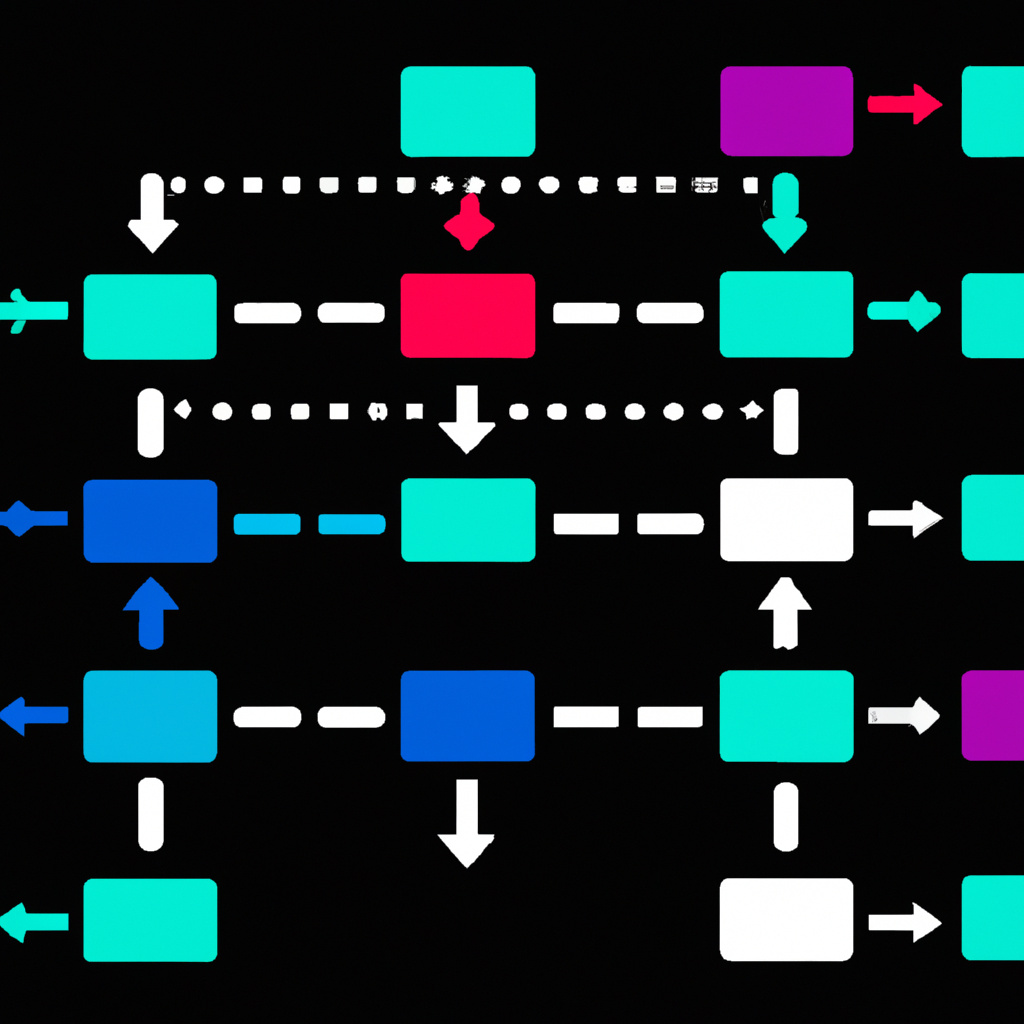Labs
Systemic Design
Systemic design is an approach that tackles complex problems by considering the interconnections and relationships within a system, rather than focusing on individual parts.

Welcome to our article on Systemic Design. In this guide, we will explore the concept of Systemic Design, its importance in innovation and transformation projects, and how it can help organizations tackle complex challenges with an integrated approach.
Where did Systemic Design come from?
Systemic Design is an approach that enables organizations to tackle complex problems holistically by considering the interconnectedness of various elements within a system. It emerged in response to the limitations of traditional design methods, which often focused solely on individual components or solutions. Systemic Design draws upon systems thinking principles and integrates multiple disciplines, such as design, science, and social sciences, to create a comprehensive understanding of the problem at hand. This approach has its roots in fields like cybernetics, operations research, and set theory but has evolved over time to address contemporary challenges in diverse sectors.
What are the key concepts?
Some of the key concepts involved in Systemic Design include:
- Systemic design is an approach that tackles complex problems by considering the interconnections and relationships within a system, rather than focusing on individual parts.
- It emphasizes the importance of understanding the context and dynamics of a system to identify root causes and potential leverage points for change.
- The process involves collaboration and dialogue with diverse stakeholders to co-create innovative solutions that address both current needs and long-term sustainability.
- Systemic design encourages thinking beyond traditional boundaries, encouraging designers to explore multiple perspectives, test assumptions, and embrace uncertainty.
- By taking a holistic view and considering the wider impact of interventions, systemic design aims to create transformative changes that have lasting positive effects.
What's the process?
Systemic Design is a holistic approach that addresses complex problems by considering the interconnectedness of various elements within a system. The typical process involves four key activities:
-
Understanding the System: This involves researching and analyzing the system under study, including its components, relationships, boundaries, and dynamics.
-
Defining the Problem: Identifying the root causes and framing the problem statement in a way that reflects a deep understanding of the system's complexity.
-
Generating Solutions: Using creative techniques to brainstorm and develop potential solutions or interventions that address both immediate symptoms and underlying systemic issues.
-
Testing and Iterating: Prototyping and testing proposed solutions to gather feedback from stakeholders and refine them iteratively based on learnings before implementing them in full-scale.
Throughout this process, collaboration among multidisciplinary teams is crucial to ensure diverse perspectives are considered for developing effective systemic interventions.
What outcomes can you expect?
Some of the outcomes you can expect from working with Systemic Design are:
- Understand the key principles and practices of Systemic Design to enhance problem-solving capabilities in innovation and transformation projects.
- Learn how to effectively identify complex problems and develop holistic solutions by considering the interconnectedness of system components.
- Gain insights on how Systemic Design can help in uncovering root causes, uncovering unintended consequences, and avoiding suboptimal solutions.
- Increase your ability to collaborate with diverse stakeholders by fostering a shared understanding of systemic challenges and creating a common language.
- Drive meaningful change by applying Systemic Design approaches that align with human-centered values and sustainable outcomes.
Are there any debates or criticisms to be aware of?
- Challenge in measuring impact: There is ongoing debate on how to effectively measure the impact of Systemic Design interventions, as it often requires complex and long-term analysis.
- Collaborative process limitations: Critics argue that the collaborative nature of Systemic Design can lead to challenges in decision-making and reaching consensus among diverse stakeholders.
- Resistance to change: Some organizations may resist implementing systemic changes due to fear of disrupting established workflows or reluctance to embrace new approaches.
- Resource-intensive approach: The comprehensive nature of Systemic Design requires significant time, effort, and resources, which can be a drawback for organizations with limited budgets or tight timelines.
- Complexity in implementation: Implementing systemic changes involves navigating complex systems and dynamics, which can result in unforeseen challenges and require adaptability throughout the process.
Conclusion
Systemic Design is a powerful approach that enables organizations to effectively tackle complex problems and drive innovation and transformation. By considering the interconnectedness of various elements within a system, systemic design offers a holistic perspective that can lead to transformative changes with lasting positive effects. Although there are challenges in measuring impact, navigating complexity, and fostering collaboration among diverse stakeholders, the benefits of systemic design outweigh these obstacles. Ultimately, embracing the principles and practices of systemic design can lead to better problem-solving capabilities, increased resilience, and more sustainable outcomes in innovation and transformation projects.
TLDR;
- Systemic design is a holistic approach that focuses on understanding and solving complex problems.
- It helps identify interconnected relationships, leverage collective intelligence, and achieve sustainable outcomes.
- By involving multiple stakeholders and considering diverse perspectives, systemic design fosters collaboration and innovation.
- However, challenges include managing complexity, facilitating effective communication, and ensuring scalability and adaptability of solutions.
- Systemic design requires a mindset shift towards systems thinking and continuous learning to drive successful transformation projects.
